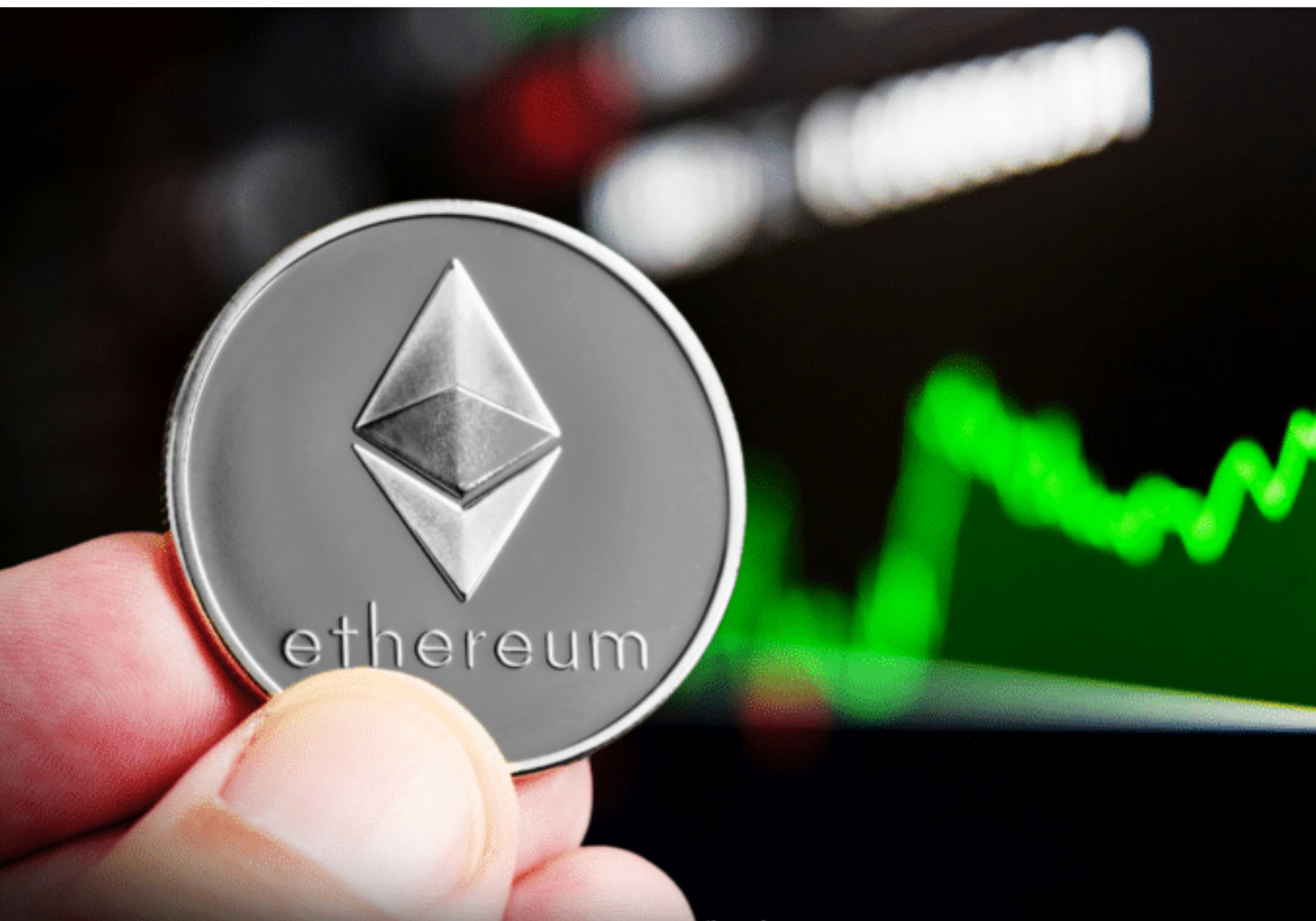Introduction
The blockchain space is fiercely competitive, with Solana and Ethereum emerging as two leading platforms vying for supremacy. While both play pivotal roles in the decentralized ecosystem, they tackle scalability, transaction speed, and usability in distinct ways. So, what sets them apart? Let’s explore their key differences.
What Are Solana and Ethereum?

Ethereum, introduced in 2015 by Vitalik Buterin and his team, pioneered smart contract functionality, enabling the development of decentralized applications (dApps) that fueled DeFi, NFTs, and beyond. Its native token, Ether (ETH), powers transactions and computational processes on the Ethereum network.
Solana, which launched in 2020 under the leadership of Anatoly Yakovenko, aims to address Ethereum’s main challenges—slow transaction processing and high fees. With its native token, SOL, Solana offers a high-speed, cost-effective alternative that has quickly gained traction among developers.
Scalability and Performance: A Key Differentiator
Ethereum originally relied on a proof-of-work (PoW) mechanism, processing only 15-30 transactions per second (TPS). With the transition to proof-of-stake (PoS) following the 2022 Merge, Ethereum became more energy-efficient, but its base layer still struggles with congestion, requiring solutions like sharding and layer-2 scaling.
Solana, by contrast, boasts a theoretical capacity of 65,000 TPS, thanks to its novel proof-of-history (PoH) combined with proof-of-stake. This approach timestamps transactions for streamlined processing, making it significantly faster than Ethereum—at least in theory.
Transaction Fees: Which One is More Affordable?
Ethereum’s gas fees have been known to skyrocket during periods of high network activity, sometimes reaching hundreds of dollars per transaction. While layer-2 solutions like Arbitrum and Optimism offer lower-cost alternatives, the base layer remains expensive for casual users.
Solana, on the other hand, maintains transaction fees that are just fractions of a cent. This affordability has made it a preferred choice for NFT marketplaces, DeFi applications, and microtransactions.
Decentralization: A Philosophical Divide
Ethereum prioritizes decentralization, with over 500,000 validators securing its network post-Merge. This extensive validator network enhances security but also results in slower transaction speeds.
Solana opts for a more efficiency-driven approach, requiring high-performance hardware for its roughly 2,000 validators. Critics argue this limits accessibility and centralizes control, though Solana’s team maintains that the trade-off enables greater scalability without compromising security.
Ecosystem Growth: Developer Adoption and Innovation
Ethereum benefits from a first-mover advantage, hosting a vast ecosystem of dApps, including DeFi platforms like Uniswap and NFT marketplaces like OpenSea. Its Solidity programming language is widely used, reinforcing its dominant position.
Solana, though newer, is rapidly expanding. It supports notable projects like the Serum decentralized exchange and Magic Eden NFT marketplace, attracting developers with its Rust and C-based programming options, which are optimized for performance. However, Ethereum still leads in overall adoption.
Network Reliability: Stability vs. Downtime
Ethereum has maintained a stable track record, with no major network-wide outages. This reliability has helped establish trust among businesses and developers.
Solana, however, has faced multiple network disruptions, sometimes lasting hours, due to issues like spam attacks and congestion. While efforts have been made to improve stability, these outages have raised concerns about Solana’s long-term reliability.
The Future: Competing Visions for Growth

Ethereum’s roadmap focuses on long-term scalability through innovations like sharding and continued development of layer-2 solutions. Its methodical approach aims to maintain security and decentralization while improving performance.
Solana, meanwhile, is doubling down on speed and efficiency, optimizing its network for high-performance applications. However, it must demonstrate sustained reliability as adoption grows.
Conclusion: Which Blockchain Comes Out on Top?
There is no definitive winner in the Ethereum vs. Solana blockchain debate—it depends on what users and developers prioritize. Ethereum offers robust decentralization, security, and an established ecosystem, making it a strong choice for long-term projects. Solana, with its rapid transaction speeds and low fees, appeals to those seeking efficiency and cost-effectiveness.
Ultimately, both platforms could coexist, serving distinct purposes within an evolving multi-chain future. Whether you prefer Ethereum’s battle-tested framework or Solana’s high-speed innovation, the choice depends on your specific needs.
Disclaimer
This content is for informational purposes only and should not be considered financial, investment, or legal advice. Cryptocurrencies and blockchain technology carry inherent risks, and readers should conduct their own research before making any decisions.




